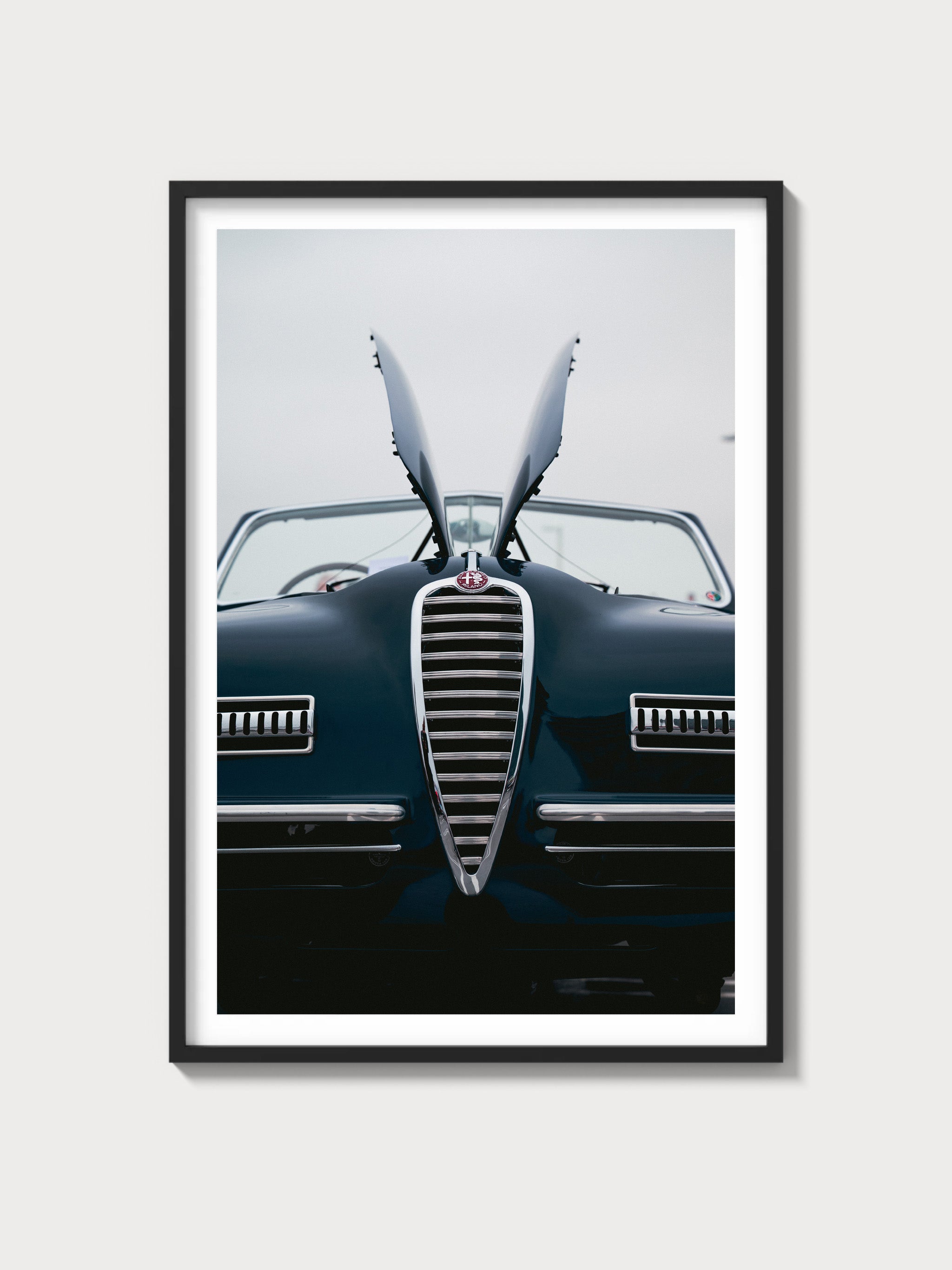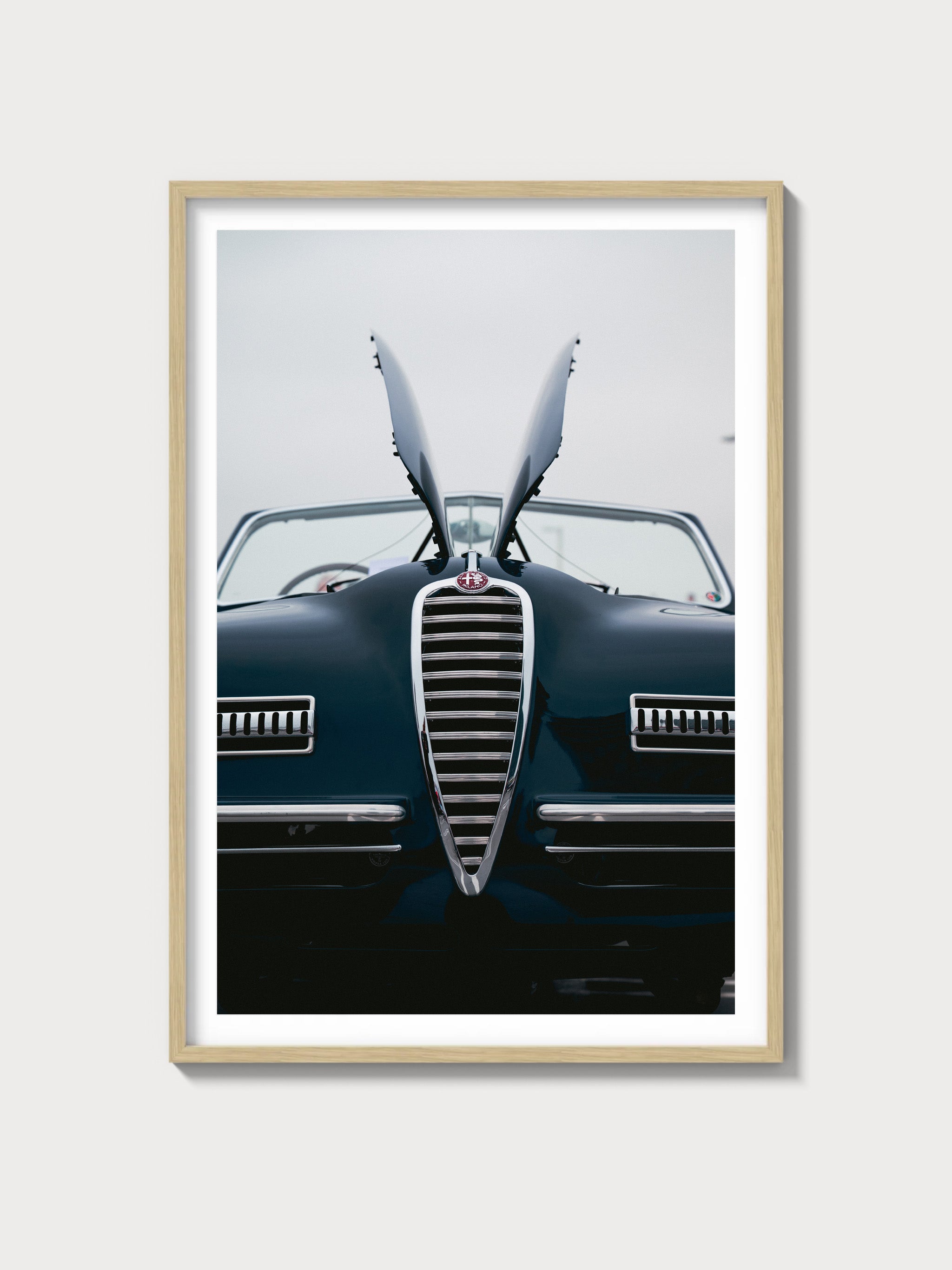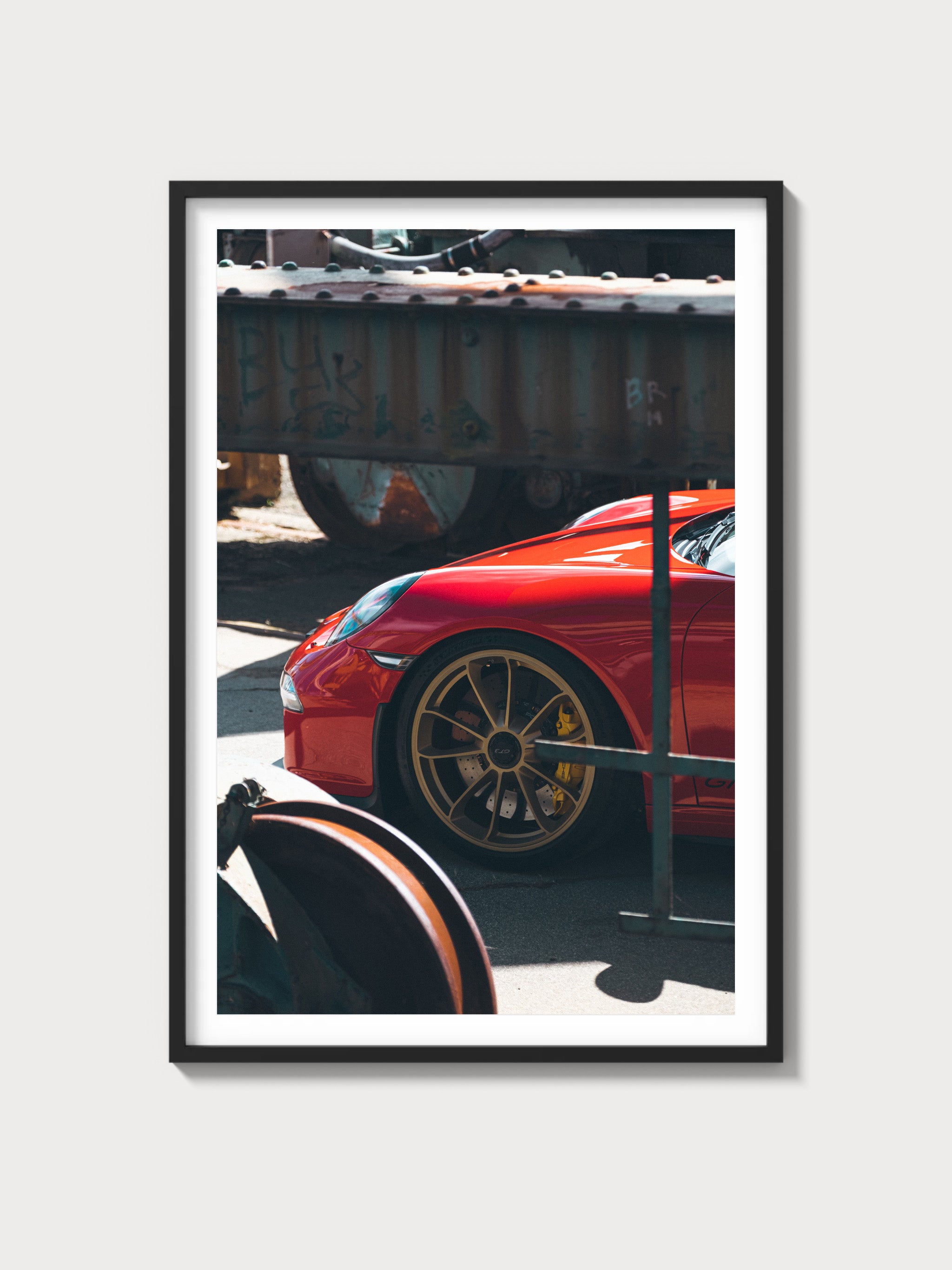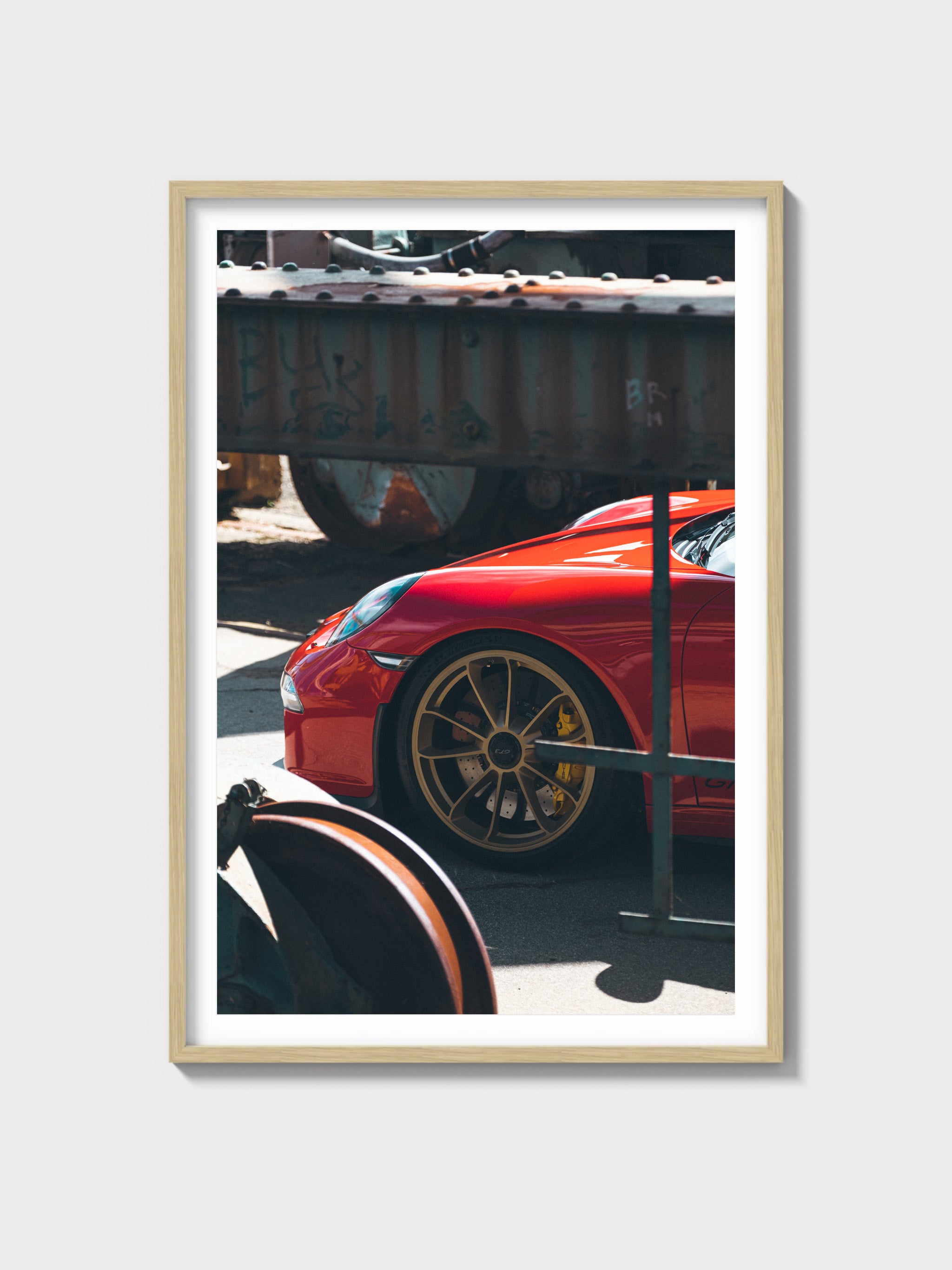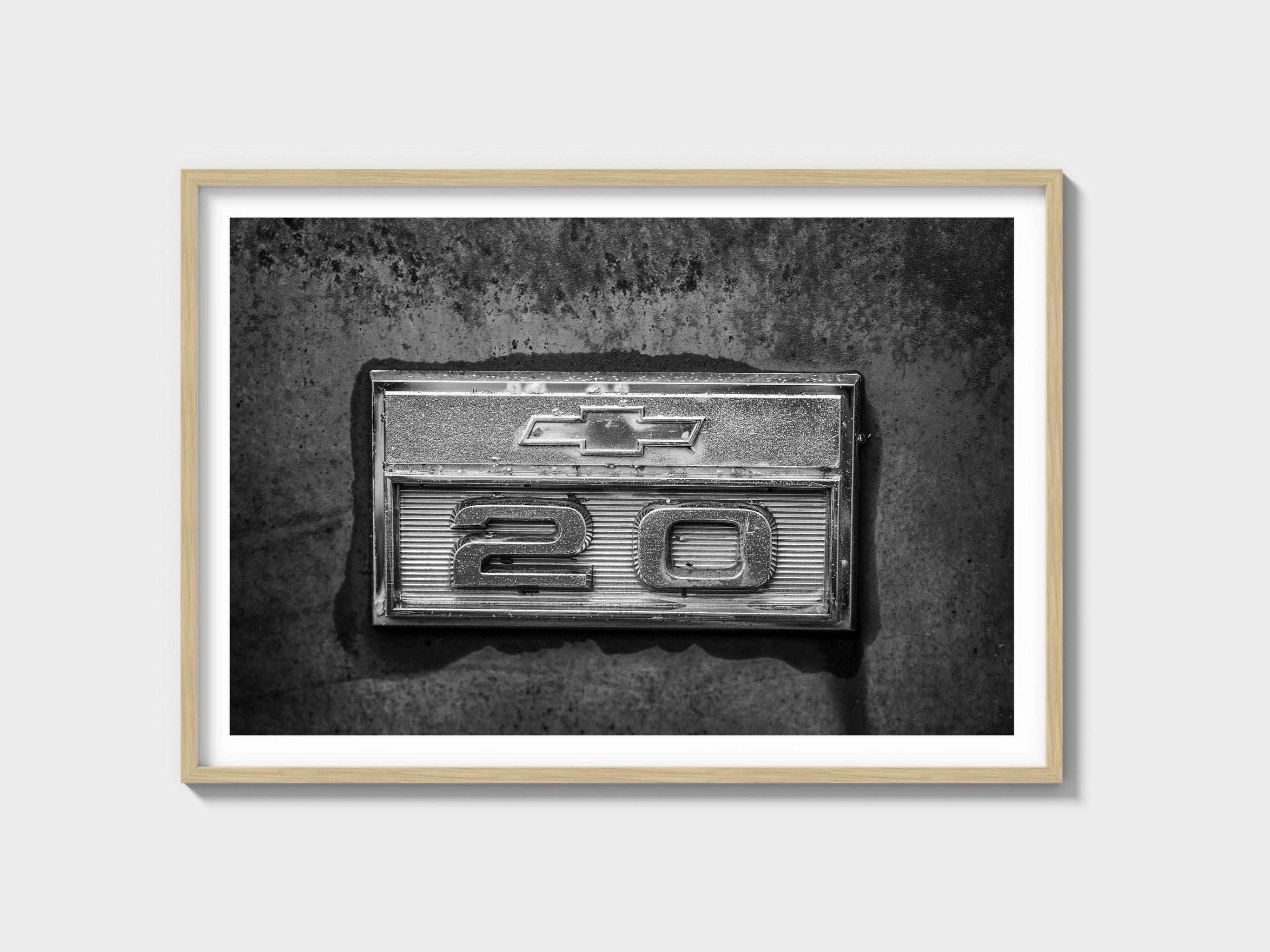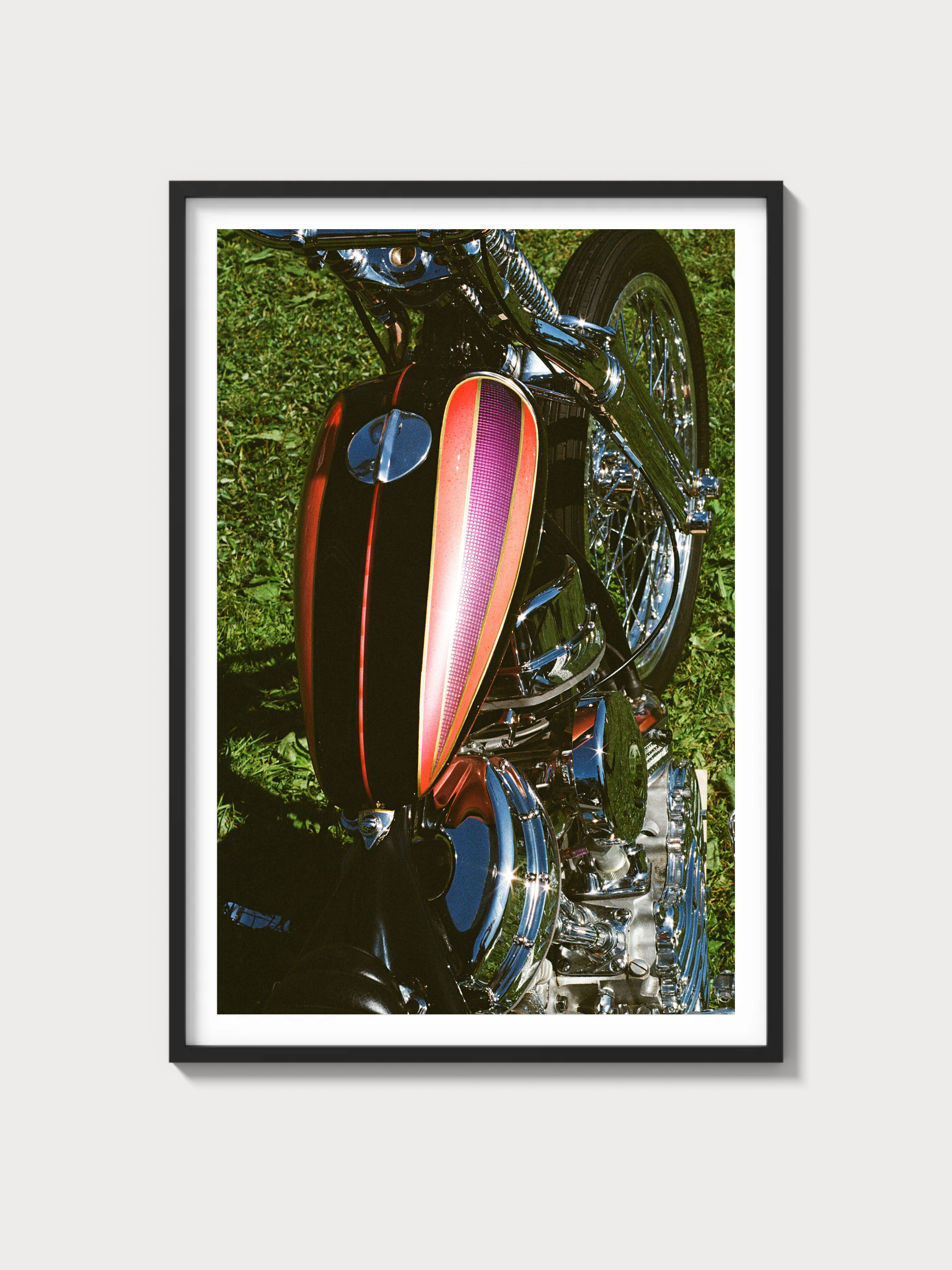Chevrolet Colorado ZR2 Bison (2019–2022)
Historical Context and Development Background
The ZR2 Bison sits at the sharp end of Chevrolet’s second-generation Colorado lineup, blending factory engineering with American Expedition Vehicles’ overland know-how. The core ZR2 package launched with the Colorado’s serious off-road hardware: Multimatic DSSV position-sensitive dampers, a 2-inch lift, a wider track, and electronically locking differentials at both axles. For 2019, Chevrolet partnered with AEV to create the Bison—an OEM-warranted special that added hot-stamped boron-steel skid plates, stamped steel bumpers with recovery points, unique 17-inch AEV wheels, Goodyear Wrangler Duratrac tires, and distinctive badging. The aim was straightforward: deliver a turn-key, trail-ready midsize pickup with real armor and recovery functionality straight from a dealership.
Corporate logic was as pragmatic as it was strategic. The midsize off-road arena had been dominated by Toyota’s Tacoma TRD Pro, while Jeep’s Gladiator Rubicon and Ford’s Ranger FX4 were tightening the crosshairs. Rather than chase travel with long arms or add weight with luxury trinketry, Chevrolet doubled down on chassis control and durability—areas where DSSV dampers and boron-steel protection confer tangible advantages in high-frequency terrain and rock strikes.
On the motorsport side, GM’s development liaison with Hall Racing in Best in the Desert validated the ZR2 platform’s components under competition loads. Those race trucks leaned heavily on production-spec DSSVs and underbody protection, underscoring the factory hardware’s heat management and consistency in repeated whoops and silt. The Bison’s AEV bumpers and skid system took lessons learned about approach geometry, cooling airflow, and jack/recovery provisions and packaged them for retail customers.
Engine and Technical Specs
Two powertrains define the Bison experience: a rev-happy direct-injected gasoline V6 and a torque-rich, small-displacement turbo-diesel. Both pair with a two-speed transfer case and 4WD, but each wears a distinct character on and off road.
| Engine | Configuration | Displacement | Horsepower | Torque | Induction | Redline | Fuel System | Compression | Bore/Stroke |
|---|---|---|---|---|---|---|---|---|---|
| LGZ 3.6L V6 (gasoline) | DOHC 24-valve V6 | 3,649 cc | 308 hp | 275 lb-ft | Naturally aspirated | N/A (factory tach redline varies by cluster) | Direct injection | N/A | N/A |
| LWN 2.8L Duramax (diesel) | DOHC 16-valve I4 | 2,776 cc | 181 hp | 369 lb-ft | Turbocharged | N/A | Common-rail direct injection | N/A | N/A |
Transmissions: the V6 pairs with GM’s 8L45 eight-speed automatic; the Duramax uses the 6L50 six-speed automatic. Both ZR2 and Bison feature a two-speed transfer case and selectable front and rear electronically locking differentials. Suspension hardware is the ZR2 signature: Multimatic DSSV dampers with off-road valving, unique control arms and knuckles, and a wider track and taller ride height than other Colorados. The Bison’s AEV armor suite includes hot-stamped boron-steel skid plates (engine, transmission, transfer case, fuel tank, and front differential) and stamped steel bumpers with recovery points and provisions for a winch up front.
Driving Experience and Handling Dynamics
On road, the Bison drives with a level of body control most off-road trucks only approximate. The DSSV spool-valve dampers deliver repeatable, highly digressive damping that resists the float and heave typical of big-tire packages. There’s a deliberate firmness at low speed over sharp edges, but secondary motions are exceptionally well checked—especially at the rear where leaf-sprung pickups often pogo. Steering is calm and linear, with modest on-center deadband to keep the truck tracking on all-terrain tread.
The LGZ V6 is the livelier personality—smooth, eager to spin, and paired to close spacing in the 8L45 that keeps it in the meat of its powerband. It likes revs and rewards a firm throttle with crisp response. The 2.8 Duramax counters with effortless, off-idle torque. Its 6L50 upshift logic capitalizes on the I4’s low-end grunt, short-shifting and leaning on boost rather than revs. In technical terrain the diesel’s throttle mapping and engine braking feel particularly natural, while the V6’s quicker tip-in and broader rpm band suit fast two-track and dune work.
Off road, the Bison’s armor changes how you drive. Approach and departure improve with the AEV bumpers, but more importantly, you’re less precious about line choice—hot-stamped boron steel buys confidence in rocky gullies where aluminum or thin steel would deform. With both differentials locked the truck claws predictably, and the DSSVs maintain tire contact over diagonals that would unweight a conventional shock. The Goodyear Duratracs are a sensible factory compromise: strong sidewalls, decent mud evacuation, and respectable road manners.
Full Performance Specifications
| Metric | ZR2 Bison V6 | ZR2 Bison Duramax | Notes |
|---|---|---|---|
| 0–60 mph | ~7.1–7.5 s | ~9.5–10.0 s | Comparable to ZR2 test results from major outlets; Bison’s added armor can add a few tenths depending on configuration. |
| Quarter-mile | ~15.6–15.9 s @ ~90–92 mph | ~17–17.5 s @ ~78–82 mph | Representative figures from instrumented tests of ZR2 siblings. |
| Top speed | ~99 mph (governed) | ~99 mph (governed) | Limited by all-terrain tire speed rating. |
| Curb weight | ~4,700–4,900 lb | ~4,800–5,000 lb | Varies by cab/bed, drivetrain, and equipment; Bison armor adds weight over ZR2. |
| Layout | Front-engine, 4WD | Front-engine, 4WD | Two-speed transfer case; front & rear e-lockers. |
| Brakes | 4-wheel discs, ABS | 4-wheel discs, ABS | Traction control and stability programming calibrated for off-road modes. |
| Suspension | IFS front / solid rear axle with leaf springs; Multimatic DSSV | IFS front / solid rear axle with leaf springs; Multimatic DSSV | 2-inch lift and wider track vs. standard Colorado. |
| Gearbox | 8-speed automatic (8L45) | 6-speed automatic (6L50) | Factory calibration emphasizes torque management off road. |
Variant Breakdown and Production Notes
The Bison package was available on both Extended Cab (long box) and Crew Cab (short box) ZR2s, with either the gasoline V6 or the Duramax diesel. All Bisons included the AEV armor suite, unique AEV wheels, AEV exterior trim, and Goodyear Duratrac tires; a dealer-installed AEV snorkel was optional.
| Variant | Years | Powertrain | Key Differences | Production | Market |
|---|---|---|---|---|---|
| ZR2 Bison V6 Extended Cab | 2019–2022 | 3.6L LGZ V6 / 8-speed auto | AEV boron-steel skid plates; AEV front/rear steel bumpers; AEV 17-inch wheels; Goodyear Wrangler Duratrac LT265/65R17; AEV badging; optional AEV snorkel. | 2019 U.S. allocation announced at ~2,000 total Bison units; exact splits and later-year totals not publicly disclosed. | U.S. and Canada |
| ZR2 Bison V6 Crew Cab | 2019–2022 | 3.6L LGZ V6 / 8-speed auto | As above; Crew Cab short box packaging. | Exact production not publicly disclosed. | U.S. and Canada |
| ZR2 Bison Duramax Extended Cab | 2019–2022 | 2.8L LWN Duramax / 6-speed auto | Higher torque and engine braking; improved range; lower tow rating than non-ZR2 Colorado still applies. | Exact production not publicly disclosed. | U.S. and Canada |
| ZR2 Bison Duramax Crew Cab | 2019–2022 | 2.8L LWN Duramax / 6-speed auto | As above; Crew Cab short box packaging. | Exact production not publicly disclosed. | U.S. and Canada |
Note: Chevrolet stated an approximate 2,000-unit U.S. allocation for the first model year of Bison production; Chevrolet and AEV did not publish comprehensive year-by-year or configuration-specific totals.
Ownership Notes: Maintenance, Parts, and Living With a Bison
- Service intervals: Chevrolet’s published schedules for the Colorado platform call for regular engine oil changes (typically 7,500 miles under normal conditions, shorter under severe use). Diesel models add fuel filter replacement at manufacturer-specified intervals and a long-interval timing belt service (commonly around 150,000 miles). Always consult the owner’s manual for your VIN-specific schedule.
- DSSV dampers: Exceptionally durable on-road, they can be rebuilt or revalved if heavily used off road. Inspect for leaks after sustained heat cycles or high-mileage corrugations.
- 8L45 transmission (V6): Some owners report torque-converter shudder or flare; GM issued updated fluid and calibration procedures on the broader 8-speed family. Confirm service history and smooth operation on a thorough test drive.
- Duramax 2.8: Strong low-end torque and good range; like most modern diesels, it prefers sustained operating temperature. Short-trip usage can accelerate DPF regens. Keep up with quality fuel, regular filter changes, and monitor DEF levels and emissions messages.
- Armor and underbody: AEV boron-steel skid plates are replaceable and widely available. Inspect mounting points, recovery hooks, and bumper structures for deformation if the truck has seen heavy rock work.
- Tires and alignment: The factory LT Duratracs are a sound baseline for mixed-use; frequent tire rotations and proper alignment keep wear patterns in check, especially with the wider ZR2 geometry.
- Electrical and lockers: Exercise the front and rear lockers periodically to confirm actuation. Inspect axle harness routing and diff breather lines after deep-water crossings.
- Towing and payload: ZR2/Bison tow ratings are lower than non-ZR2 Colorados due to hardware and cooling packaging; the Bison’s rating is typically 5,000 lb with appropriate equipment. Verify the door-jamb label for your truck’s exact tow and payload limits.
Cultural Relevance and Market Appetite
The ZR2 Bison connected two enthusiast worlds: OEM-backed desert hardware and the overland community’s demand for recovery-ready protection. Media coverage consistently highlighted its DSSV control and the real-world utility of AEV’s bumpers and skid system. The truck’s competition pedigree via Hall Racing’s desert efforts gave it bona fides beyond photo ops.
Collector interest has been healthy because the Bison is one of the few midsize pickups with true factory lockers, motorsport-grade dampers, and legitimately engineered underbody armor—all warranted and emissions-compliant. Public sales have seen well-kept, low-mileage examples command strong figures relative to standard ZR2s, with diesel crew cabs and trucks optioned with the AEV snorkel or dealer accessories typically at the upper end. Documentation of off-road use, underbody condition, and transmission service history (on V6 trucks) has a measurable impact on value.
Frequently Asked Questions
What engines were offered on the 2019–2022 Colorado ZR2 Bison?
Two: the 3.6-liter LGZ gasoline V6 (308 hp, 275 lb-ft) with an 8-speed automatic, and the 2.8-liter LWN Duramax turbo-diesel (181 hp, 369 lb-ft) with a 6-speed automatic.
Does the Bison have front and rear locking differentials?
Yes. Like the standard ZR2, the Bison includes electronically locking front and rear differentials, selectable by the driver.
How is the Bison different from a regular ZR2?
Factory AEV upgrades: hot-stamped boron-steel skid plates (five pieces), stamped steel front and rear bumpers with recovery points and available winch provision, AEV 17-inch wheels, unique grille/badging, and standard Goodyear Wrangler Duratrac tires. A dealer-installed AEV snorkel was available.
What are typical 0–60 mph times?
Expect roughly low-7-second runs for the V6 and mid- to high-9s for the Duramax, broadly in line with instrumented tests of comparable ZR2s. Armor weight and configuration can shift results modestly.
What is the towing capacity?
ZR2/Bison models are generally rated around 5,000 lb when properly equipped. Confirm the rating on the certification label for the specific truck, as equipment and axle ratios affect limits.
Are there known issues?
On V6 trucks, some examples exhibit 8-speed transmission shudder that is often addressed via updated fluid and calibration. As with many modern diesels, the 2.8 Duramax benefits from proper drive cycles to support DPF regeneration, fresh fuel filters, and adherence to the timing belt interval. Across all models, check underbody armor, bumpers, and recovery points for evidence of heavy off-road impacts.
Is the Bison good value as a used buy?
For buyers who will use the hardware, the baked-in AEV components represent strong value versus piecemeal aftermarket builds, with the added benefit of OEM development and integration. Condition, powertrain choice, and service records should steer pricing more than cosmetics.
Competitors and Where the Bison Fits
Primary rivals include the Toyota Tacoma TRD Pro, Jeep Gladiator Rubicon, and Ford Ranger FX4, with the Nissan Frontier PRO-4X occupying the value end of the segment. The Bison distinguishes itself with its combination of DSSV dampers, front and rear lockers, and serious factory armor—an unusually comprehensive set of trail-focused components in the midsize class.








































